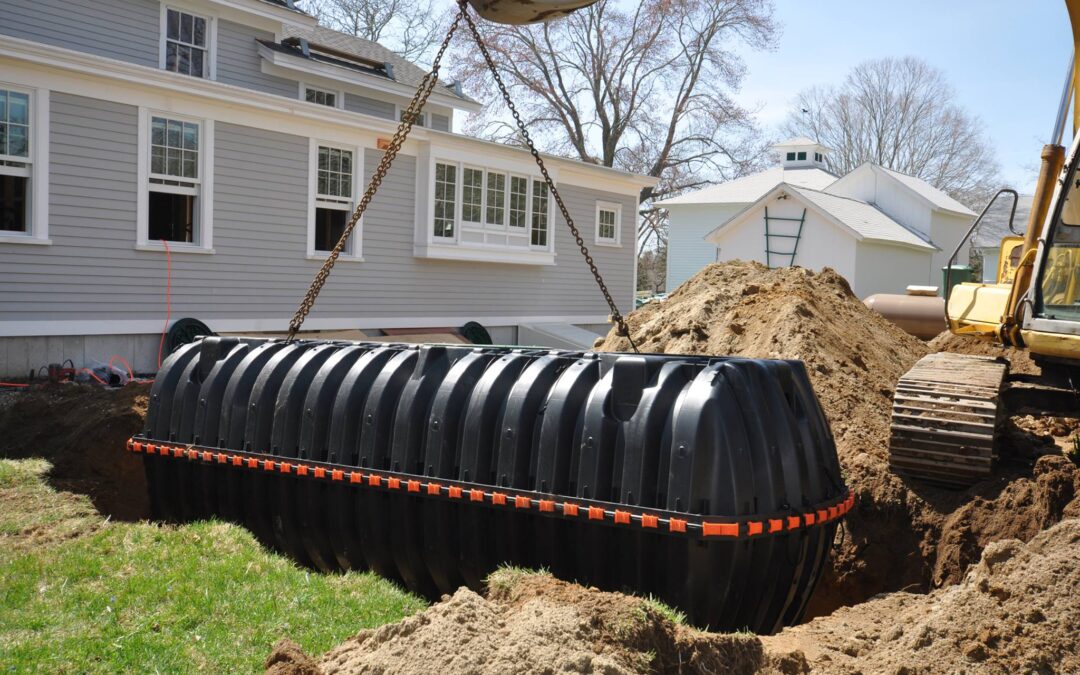A sewage smell in your home can be alarming and unpleasant. It not only affects your comfort but may also indicate underlying plumbing issues that need immediate attention. In this post, we’ll explore the common causes of sewage odors in your house, how to identify them, and what steps you can take to eliminate the smell.
1. Common Causes of Sewage Smell
1.1 Dry P-Trap
One of the most frequent causes of sewage smells is a dry P-trap. P-traps are curved pipes located under sinks, showers, and bathtubs. They hold a small amount of water that prevents sewer gases from escaping into your home. If a fixture has not been used for a while, the water in the P-trap may evaporate, allowing odors to seep in.
1.2 Clogged Drains
Clogs in your plumbing system can cause wastewater to back up and create foul odors. Organic matter, hair, soap scum, and other debris can accumulate in your pipes, leading to blockages. When this happens, sewage gases can escape and create a stinky environment.
1.3 Broken Sewer Line
A broken or damaged sewer line can lead to significant sewage odors in your home. Tree roots, shifting soil, or deteriorating pipes can cause leaks, allowing sewage to escape into the ground and emit unpleasant smells.
1.4 Ventilation Issues
Proper ventilation in your plumbing system is essential to prevent the buildup of sewer gases. If your home’s venting system is blocked or malfunctioning, it can lead to a pressure imbalance, causing gases to enter your living spaces.
1.5 Toilet Problems
Problems with your toilet, such as a broken seal or a malfunctioning wax ring, can allow sewer gases to escape. Additionally, if the toilet is not flushing properly, waste may accumulate, causing unpleasant odors.
2. How to Identify the Source of the Sewage Smell
2.1 Inspect Fixtures and Drains
Start by inspecting the fixtures and drains in your home. Check for any visible clogs, leaks, or dry P-traps. Run water in sinks, bathtubs, and showers to see if the smell dissipates.
2.2 Check for Visible Damage
Look for signs of water damage, such as discoloration or mold, which can indicate a broken sewer line. If you notice any suspicious areas, it’s essential to investigate further.
2.3 Evaluate the Venting System
Ensure that your plumbing vent pipes are clear and unobstructed. You can check for blockages by looking for any visible issues on the roof where the vent pipes exit.
3. Solutions to Eliminate Sewage Smells
3.1 Restore Dry P-Traps
If a P-trap is dry, simply run water through the associated fixture to refill it. Regularly using all sinks and drains in your home can help prevent this issue.
3.2 Clean Clogged Drains
Use a plunger or a drain snake to clear any clogs in your plumbing. For persistent clogs, consider using a professional plumbing service for more thorough cleaning.
3.3 Repair or Replace Damaged Sewer Lines
If you suspect a broken sewer line, contact a professional plumber immediately. They can conduct a thorough inspection and provide the necessary repairs or replacements.
3.4 Improve Ventilation
Ensure your plumbing vents are clear and functioning correctly. If necessary, consult a plumber to assess and repair any ventilation issues.
3.5 Fix Toilet Problems
If your toilet is the source of the odor, inspect the wax ring and seals for damage. Replacing these components can help eliminate smells and ensure your toilet functions properly.
4. When to Call a Professional
If you have tried these solutions and the sewage smell persists, it’s time to call a professional plumber. They have the expertise and tools to identify and resolve plumbing issues safely and effectively.
Conclusion
A sewage smell in your home is not only unpleasant but can also indicate serious plumbing problems. By understanding the common causes and taking appropriate action, you can restore a fresh and clean environment in your home. Regular maintenance and inspections are key to preventing sewage odors and ensuring your plumbing system functions efficiently.


